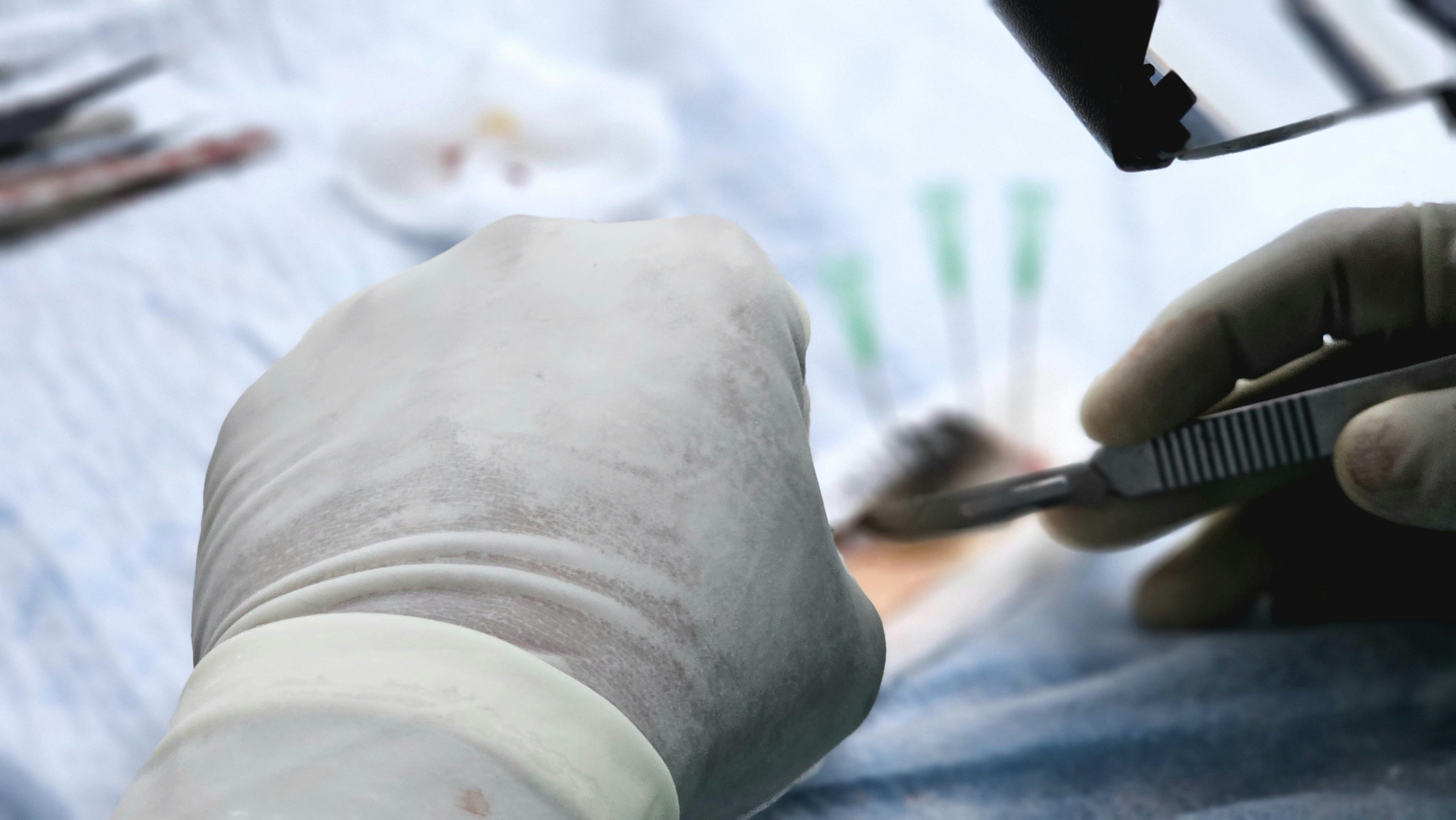Unveiling the Truth: A Comprehensive Guide to Hair Transplantation
Hair transplantation has been a subject of interest and intrigue for decades. This surgical technique was first developed in the 1950s and has seen numerous advancements and improvements since then. Despite its increasing popularity, there remains a considerable amount of uncertainty and misconceptions about the procedure. This article aims to dispel these myths and provide a comprehensive overview of hair transplantation, its historical context, current relevance, trends, and impact.

The Genesis of Hair Transplantation
The first recorded case of hair transplantation dates back to the 19th century, in Germany. However, the procedure was not widely accepted and practiced until the mid-20th century. The modern method of hair transplantation was developed in the 1950s by Dr. Norman Orentreich, a dermatologist from New York City. His pioneering work paved the way for further research and development in the field. Initially, the technique involved the transplantation of skin grafts containing hair follicles. Over the years, the procedure has been refined, and the results have become more natural-looking.
The Science Behind Hair Transplantation
Hair transplantation is a surgical procedure that involves moving hair follicles from one part of the body, typically the back of the scalp, to the balding area. This is possible due to a unique characteristic of hair follicles: those from the back of the head are genetically resistant to balding, a trait that they retain even when transplanted to a different location. This resistance to balding is what makes hair transplantation a viable long-term solution for hair loss.
Types of Hair Transplantation Procedures
There are primarily two types of hair transplantation procedures: Follicular Unit Transplantation (FUT) and Follicular Unit Extraction (FUE). In FUT, a strip of scalp skin is removed from the back of the head, and individual hair follicles are extracted from this strip and transplanted to the balding area. FUE, on the other hand, involves harvesting individual hair follicles directly from the scalp and transplanting them. Each method has its advantages and disadvantages, and the choice depends on various factors, such as the patient’s preferences, the extent of hair loss, and the surgeon’s expertise.
The Current Relevance and Impact of Hair Transplantation
In the contemporary world, hair transplantation has gained significant relevance due to the growing emphasis on physical appearance and self-esteem. Hair loss can have a profound psychological impact, leading to decreased self-confidence and social anxiety. Hair transplantation offers a permanent and relatively safe solution to this problem.
The impact of hair transplantation extends beyond aesthetic considerations. It has been found to significantly improve the quality of life and psychological well-being of individuals suffering from hair loss. Several studies have shown that patients who have undergone hair transplantation report higher self-esteem, increased confidence, and better social interactions.
Trends and Reception in Hair Transplantation
Hair transplantation has seen several advancements over the years, with the latest trend being the use of robotic systems. These systems, such as the ARTAS Robotic Hair Transplant System, use advanced imaging technology to map the scalp and harvest hair follicles with precision, reducing the chances of scarring and leading to more natural-looking results.
The reception of hair transplantation has been mixed. While it has undoubtedly helped thousands regain their confidence, the procedure has also faced criticism for its cost and potential side effects. However, as technology advances and techniques improve, the risks associated with the procedure are expected to decrease.
Conclusion
Hair transplantation has come a long way since its inception in the 1950s. It is now a widely accepted and practiced procedure that offers hope to millions suffering from hair loss. While it is not a miracle cure and comes with its share of potential risks and complications, it is currently the most effective long-term solution for hair loss. As research continues and technology advances, we can expect further improvements in the field, making hair transplantation an even more safe and effective option.




